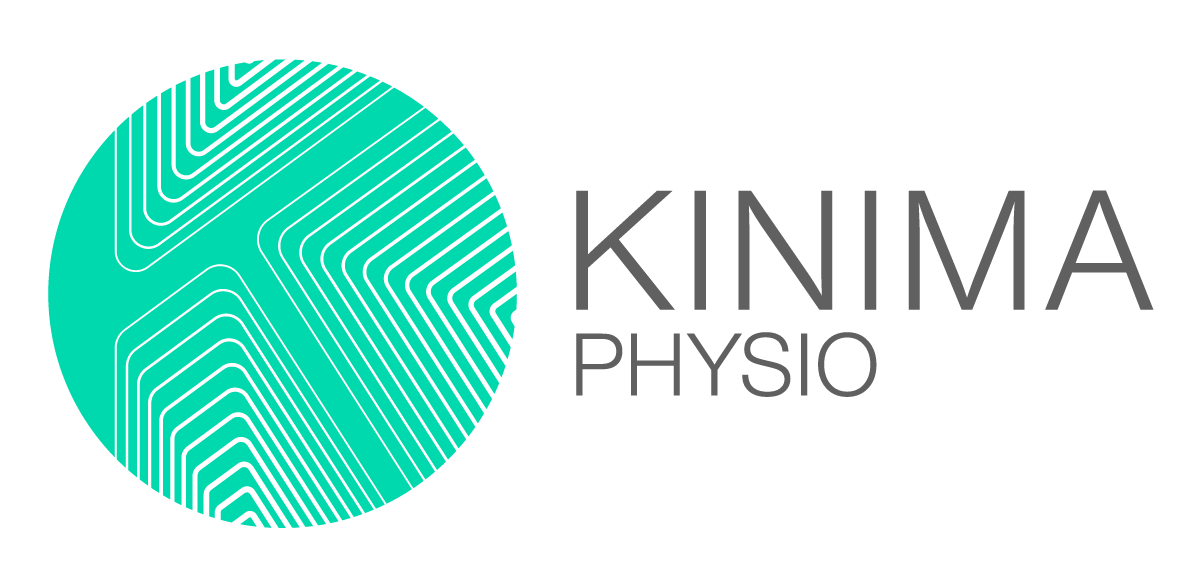Working from Home: A Real Pain in the Neck!
It is well known that musculoskeletal pain and injury is extremely common amongst office workers, particularly in the neck and shoulders. These conditions have an enormous impact on workers’ health and well-being, while also reducing productivity and overall performance.
With a recent increase in work from home hours with sub-standard ergonomic setups, neck and shoulder issues are on the rise.
Traditional management of office related neck pain has usually consisted of:
manual therapy
dry needling
static stretching
postural corrective exercise
ergonomic setup change
non-steroidal anti-inflammatory medication
Resistance exercises to build strength have become more commonly used in recent times, but the amount and type of exercises that are most effective is unclear.
A high-quality, 2020 study found that as little as 10 minutes of specific neck and shoulder strengthening exercises with a resistance band five times a week is very effective in reducing neck pain severity and improving quality of life for office workers.
All you need is a light - medium resistance band. Check out the recommended exercises for neck pain in the video below:
For the best effect, complete these exercises for 8 weeks minimum with the following parameters:
Week 1 - 4: 2 sets of 12-15 repetitions (on each side)
Week 5 - 8: 2 sets of 8-10 repetitions (on each side) with a stronger resistance
Please note that these exercises may be too advanced for someone during an acute neck pain episode and may require individualised management to build up to them.
Learn more about the most common causes of injury
Reference:
Saeterbakken et al. 2020, BMC Sports Science Medicine and Rehabilitation
*Disclaimer: This information is for your education/information and should not be considered medical/physiotherapy advice regarding your diagnosis or treatment recommendations.












